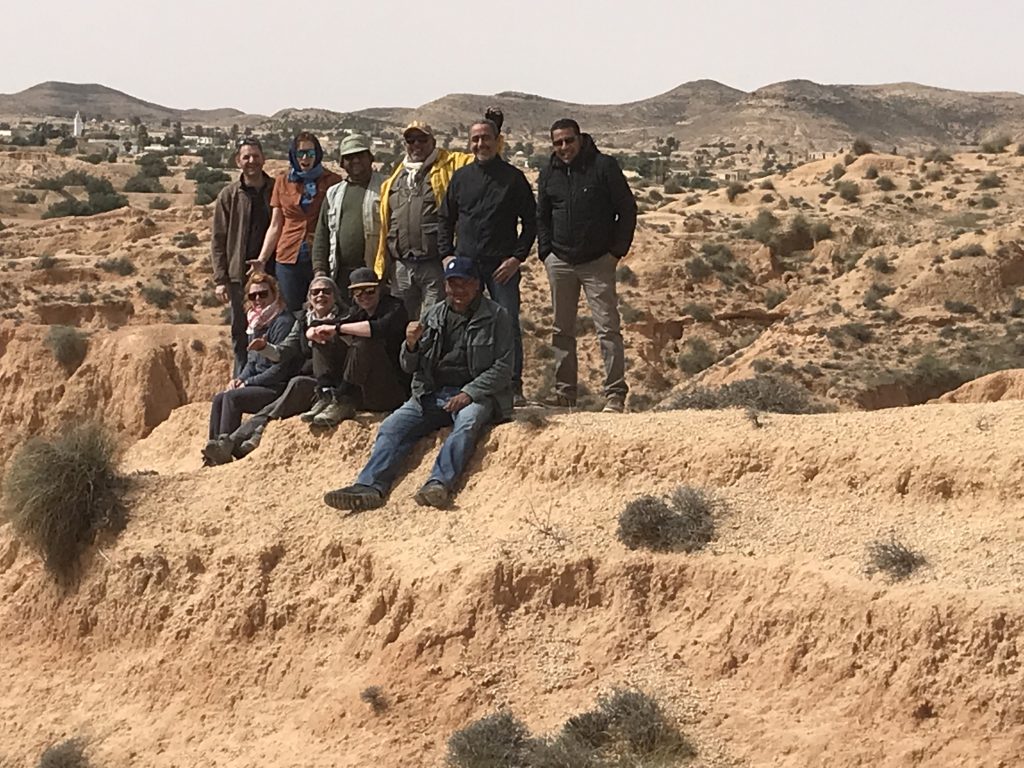Introduction



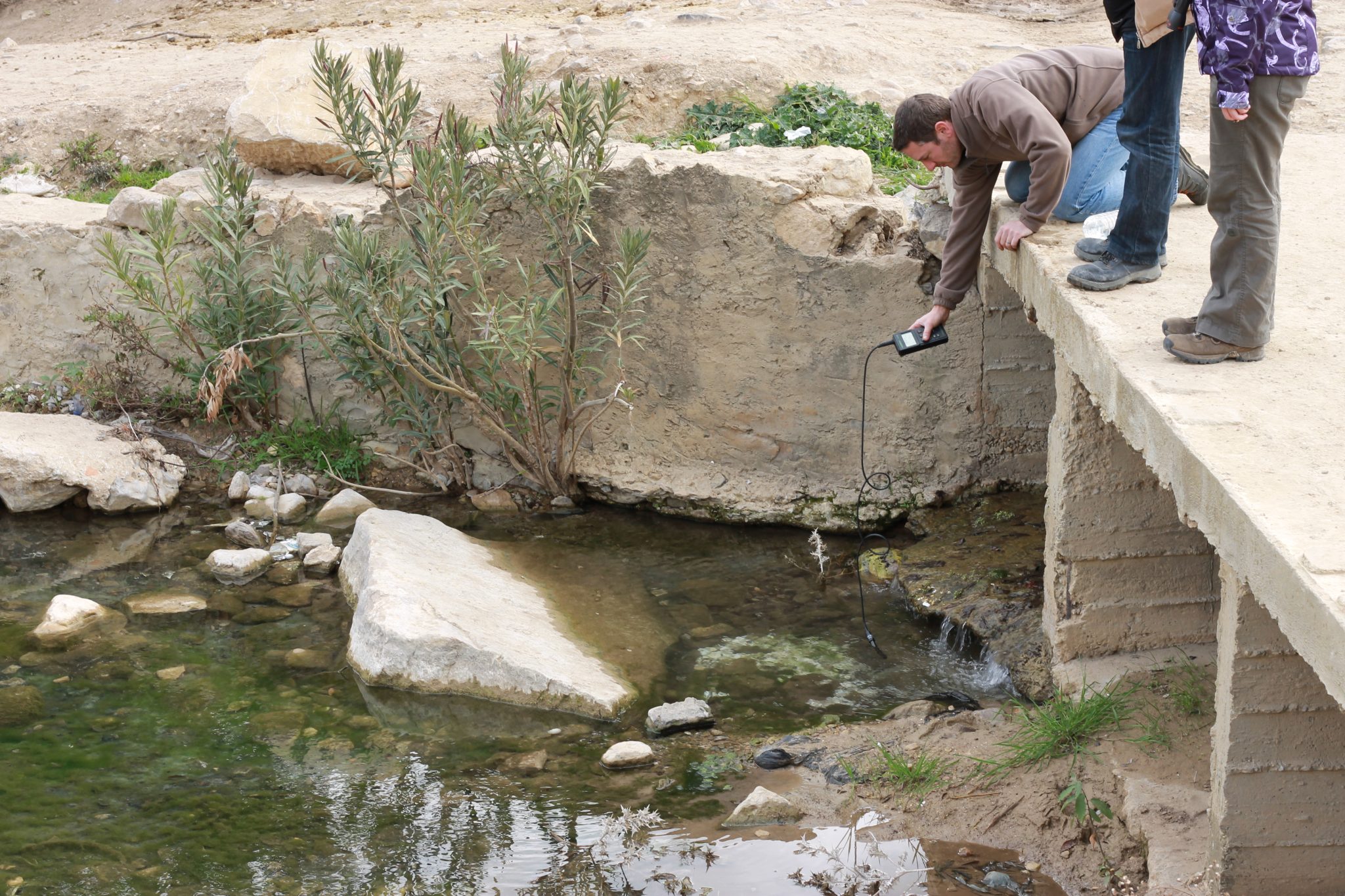
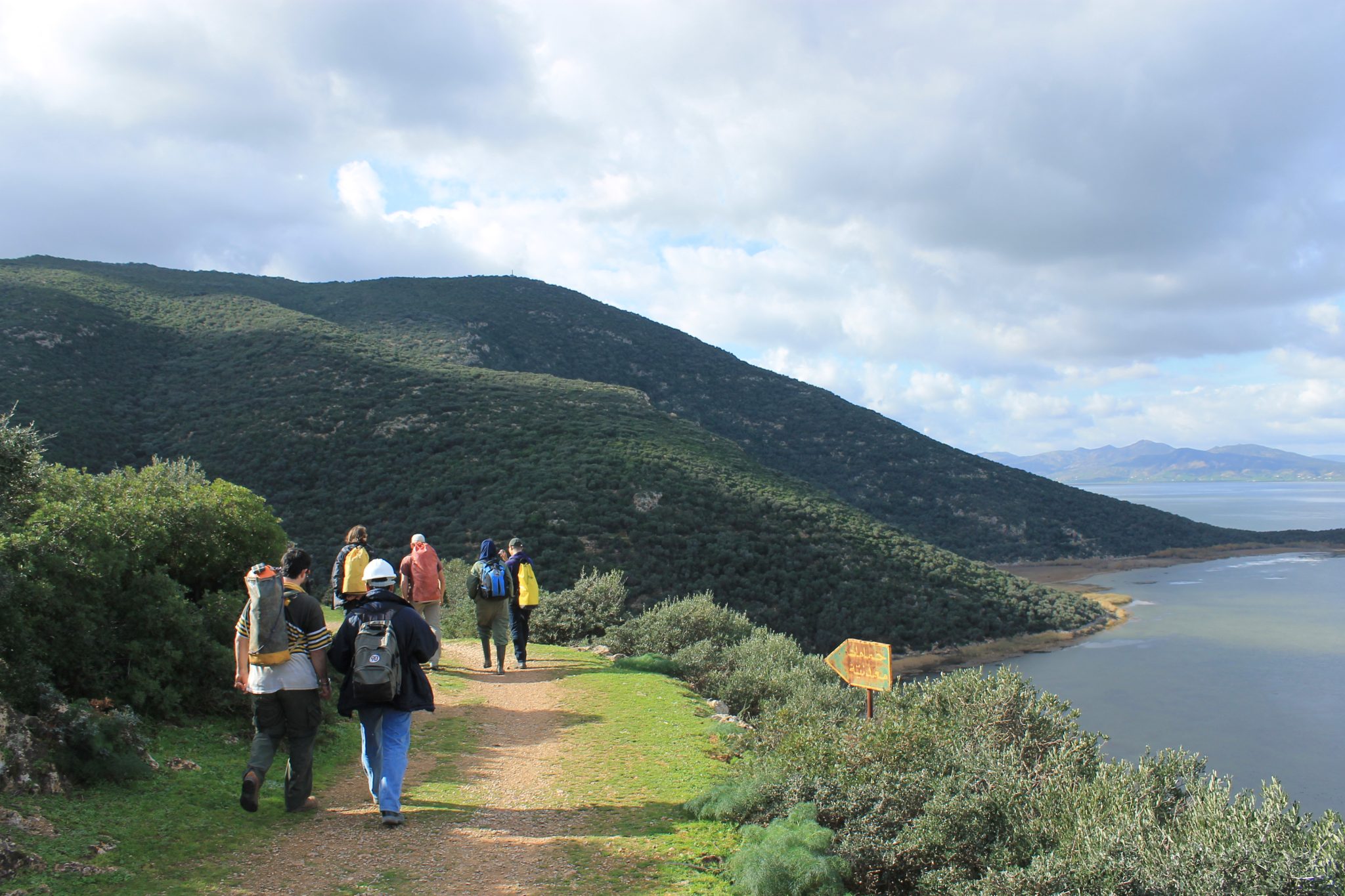

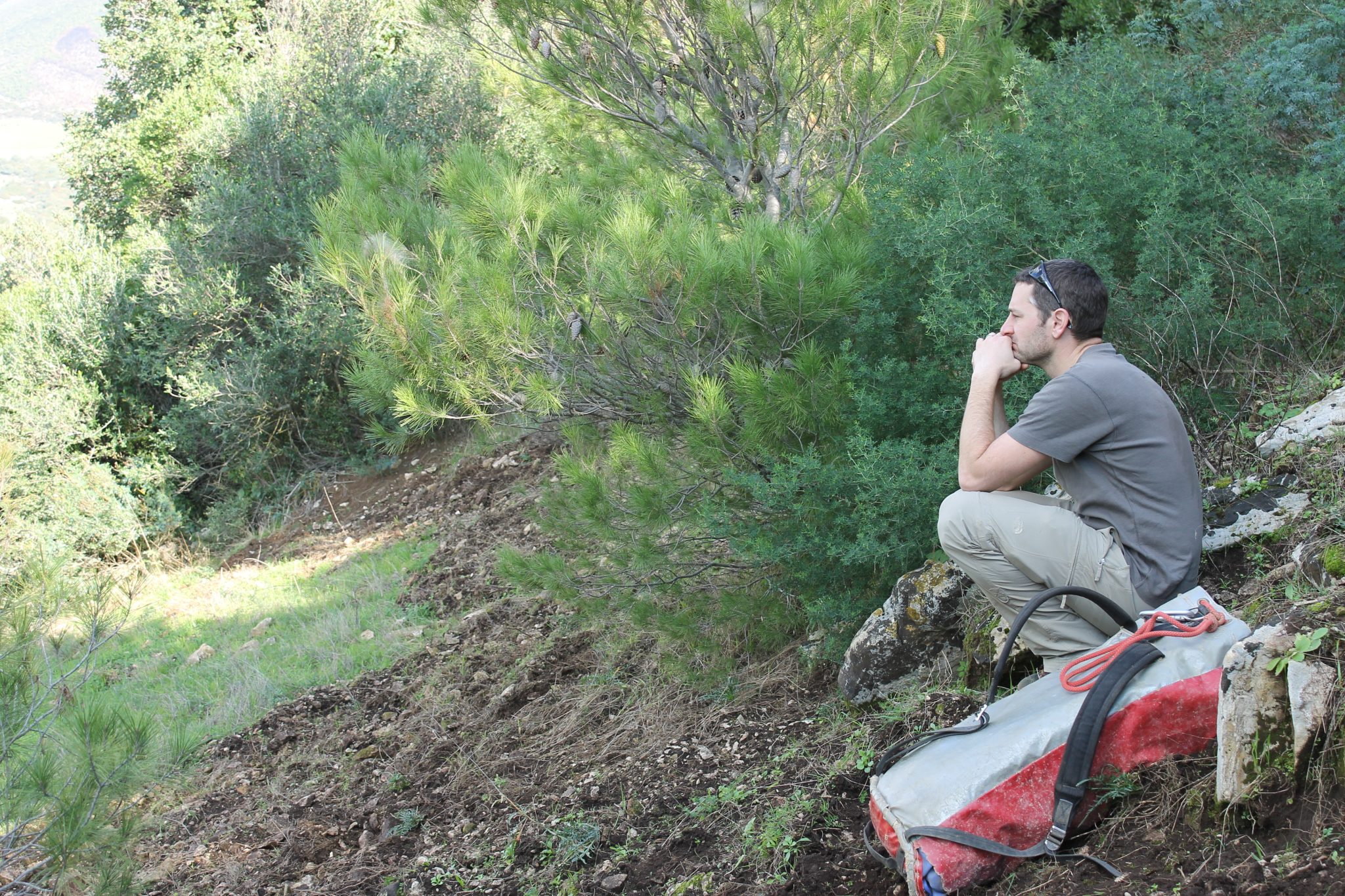
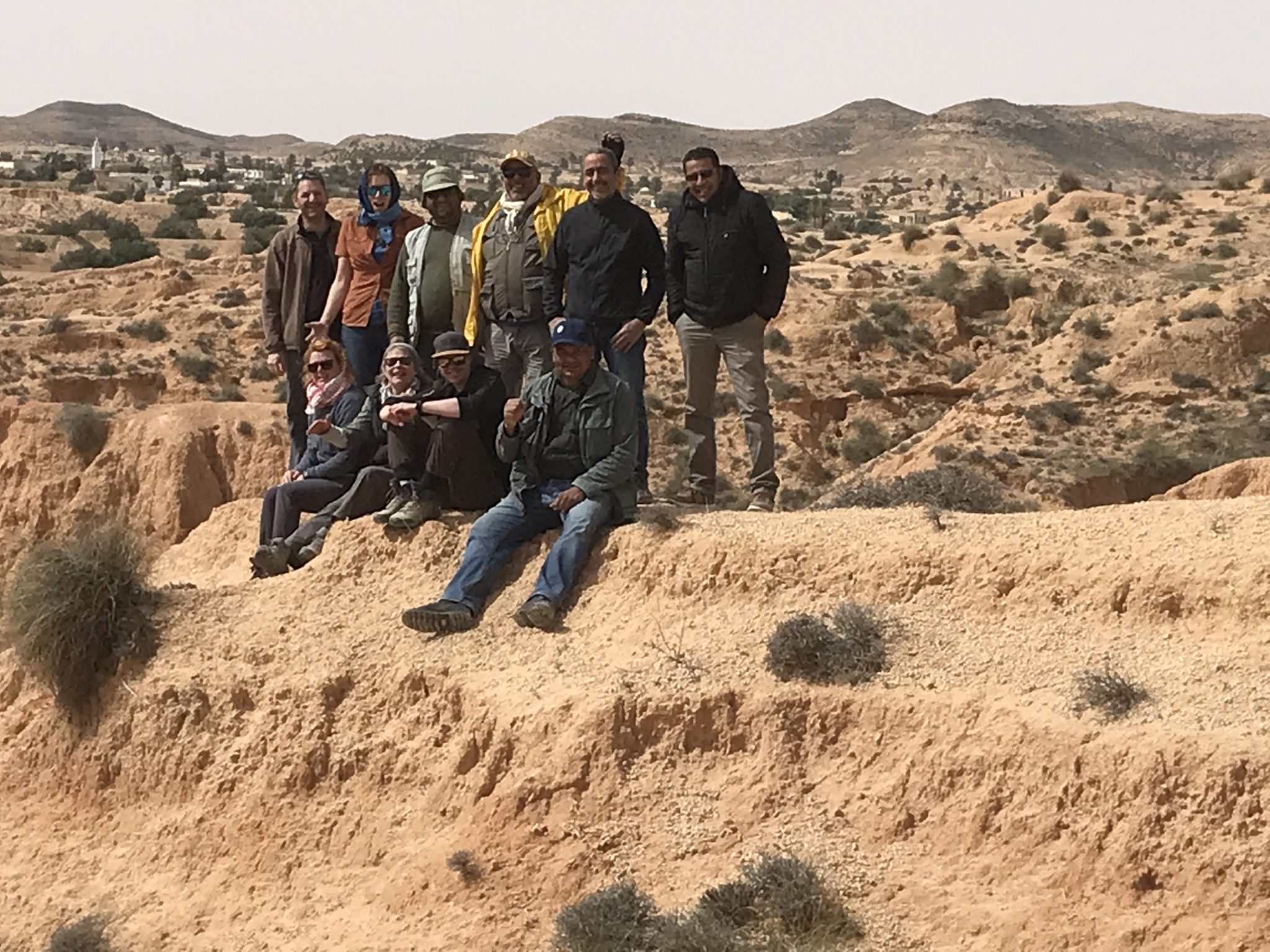
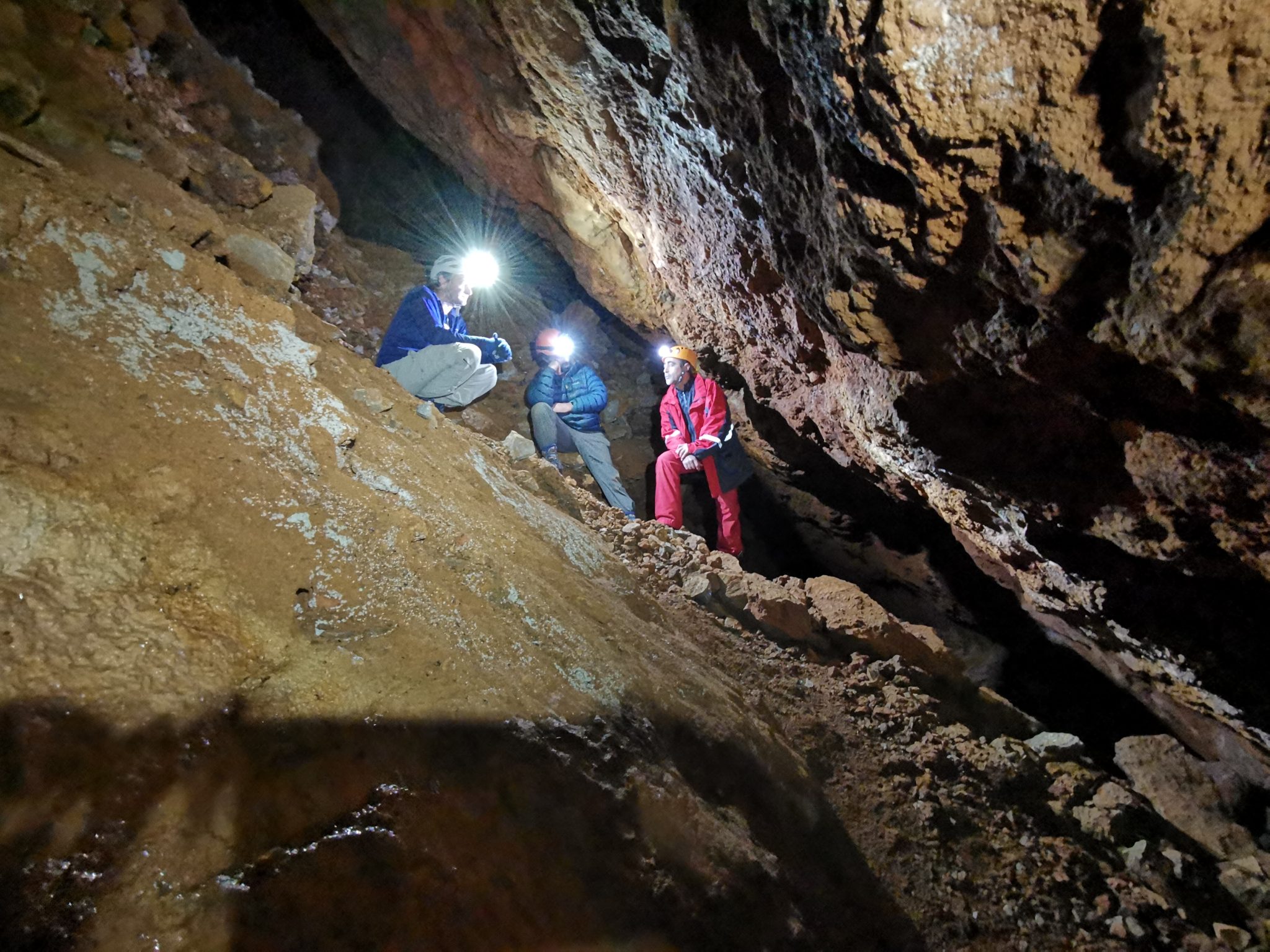

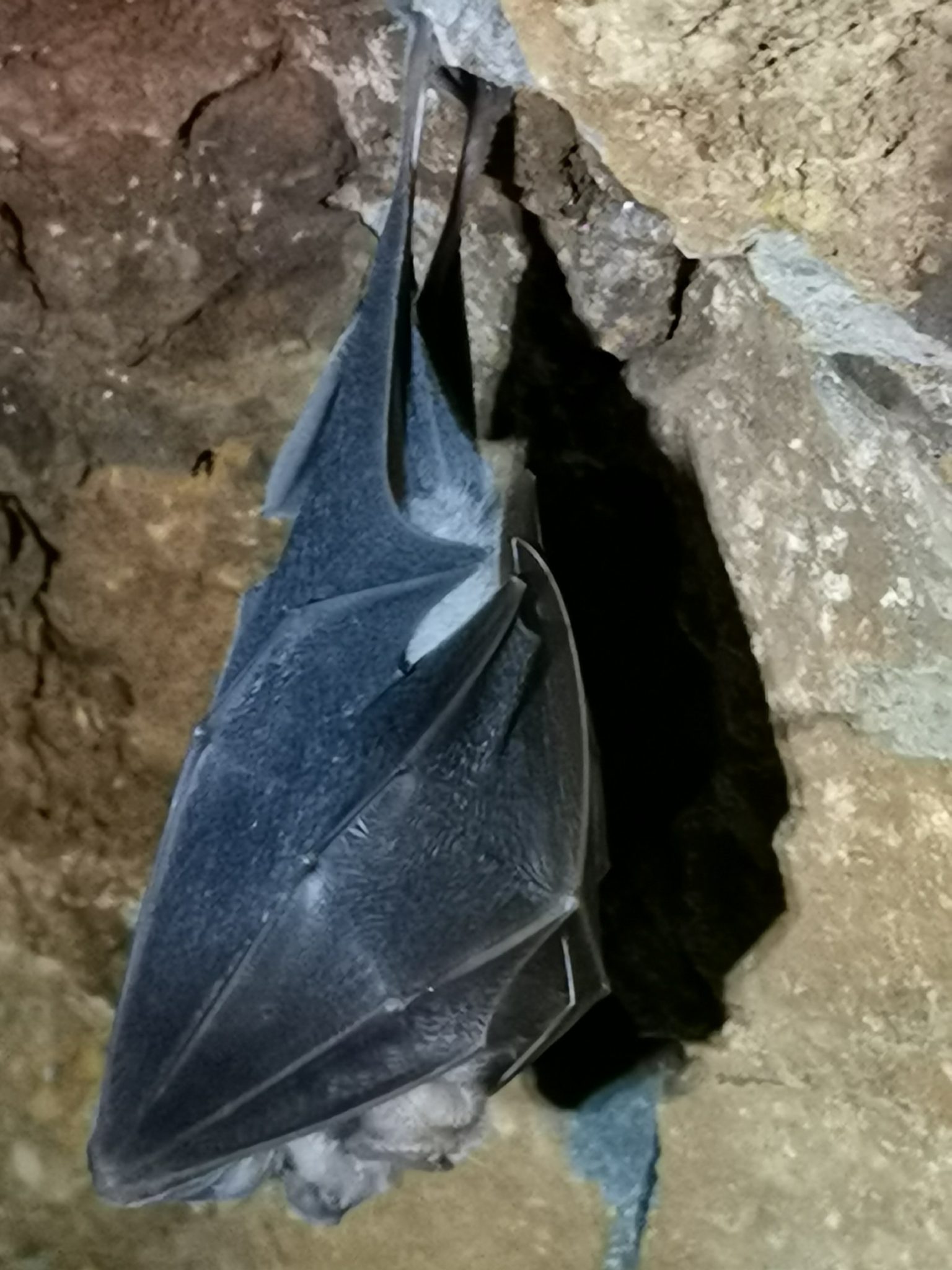
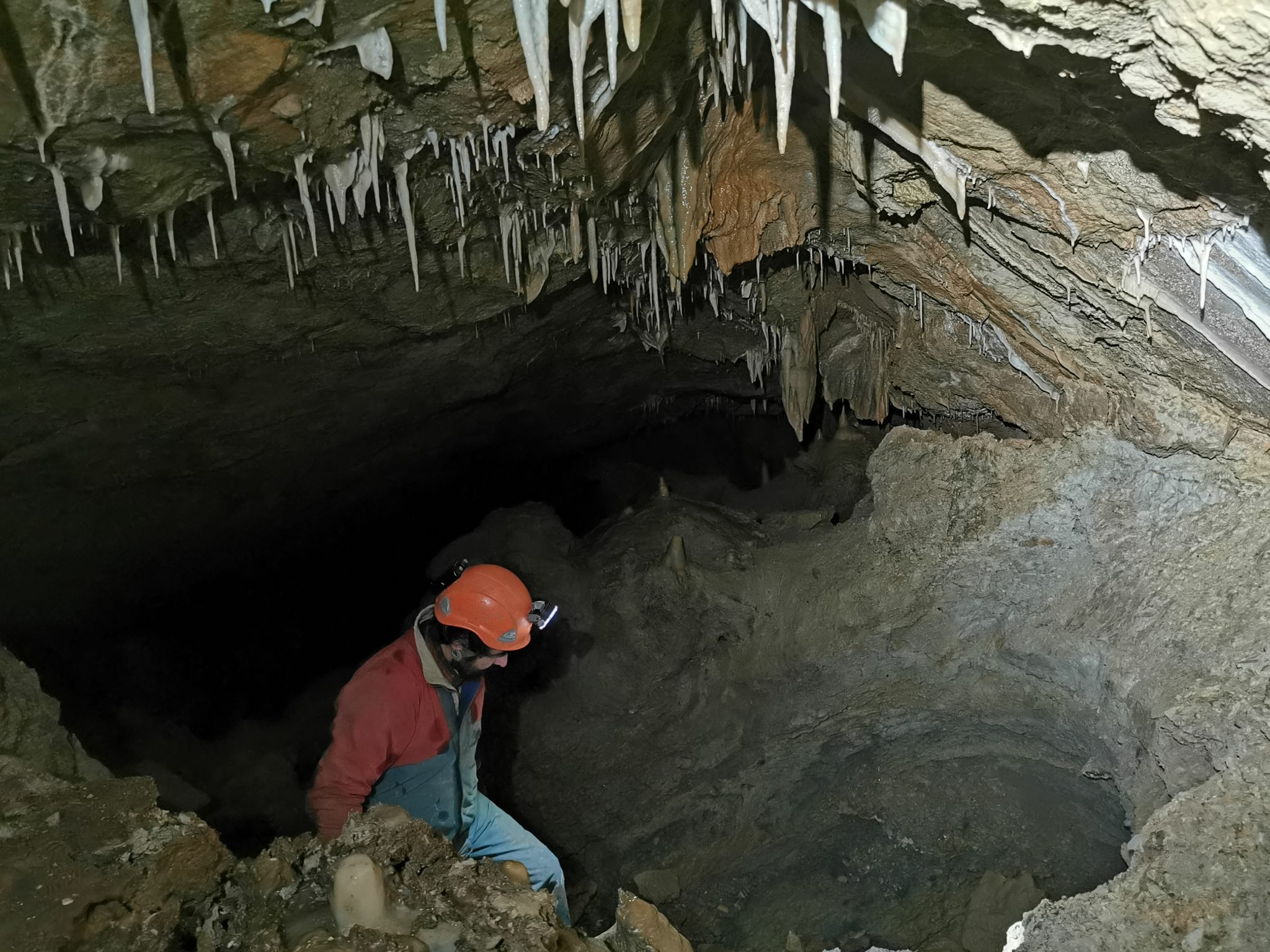
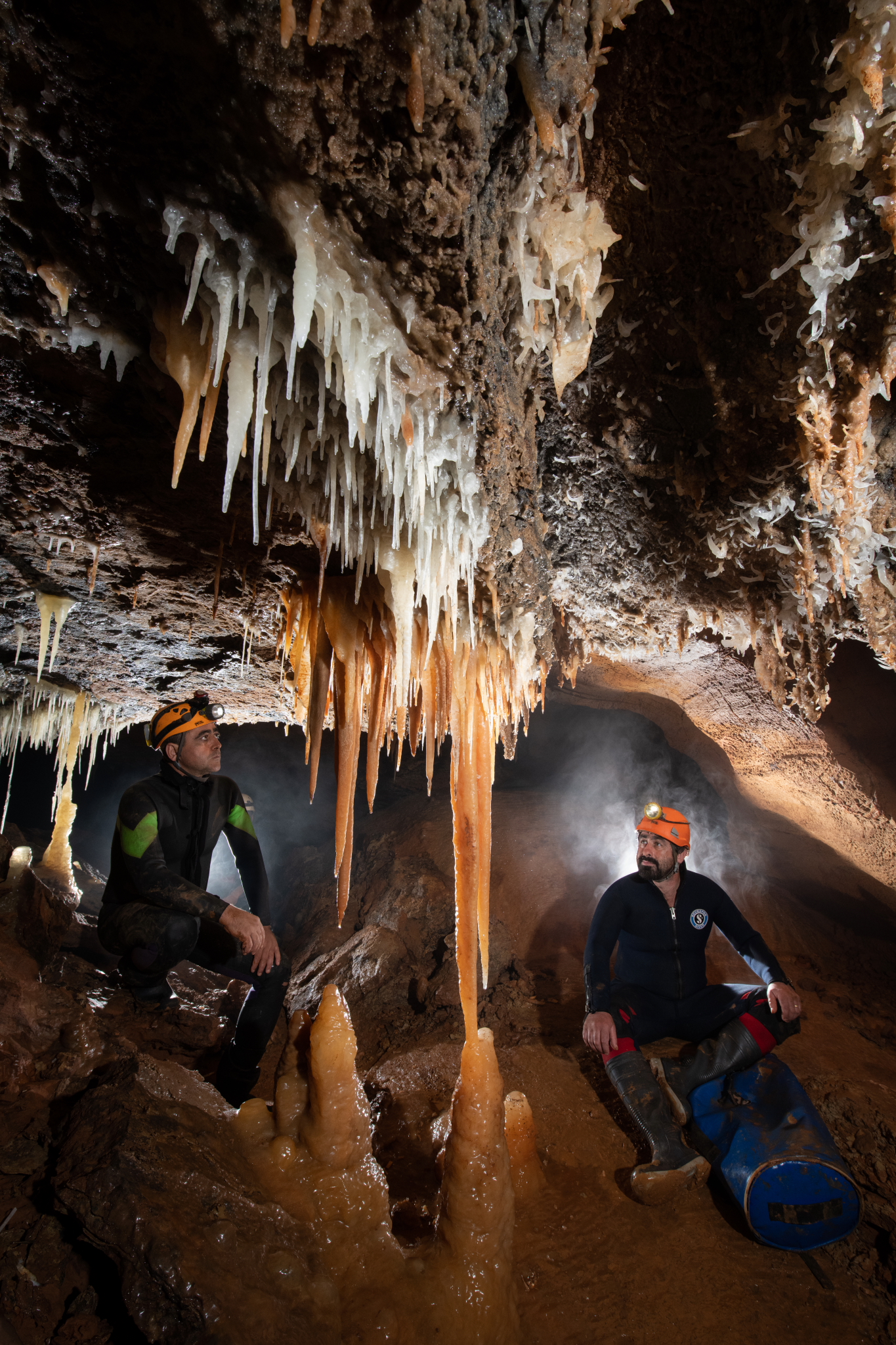
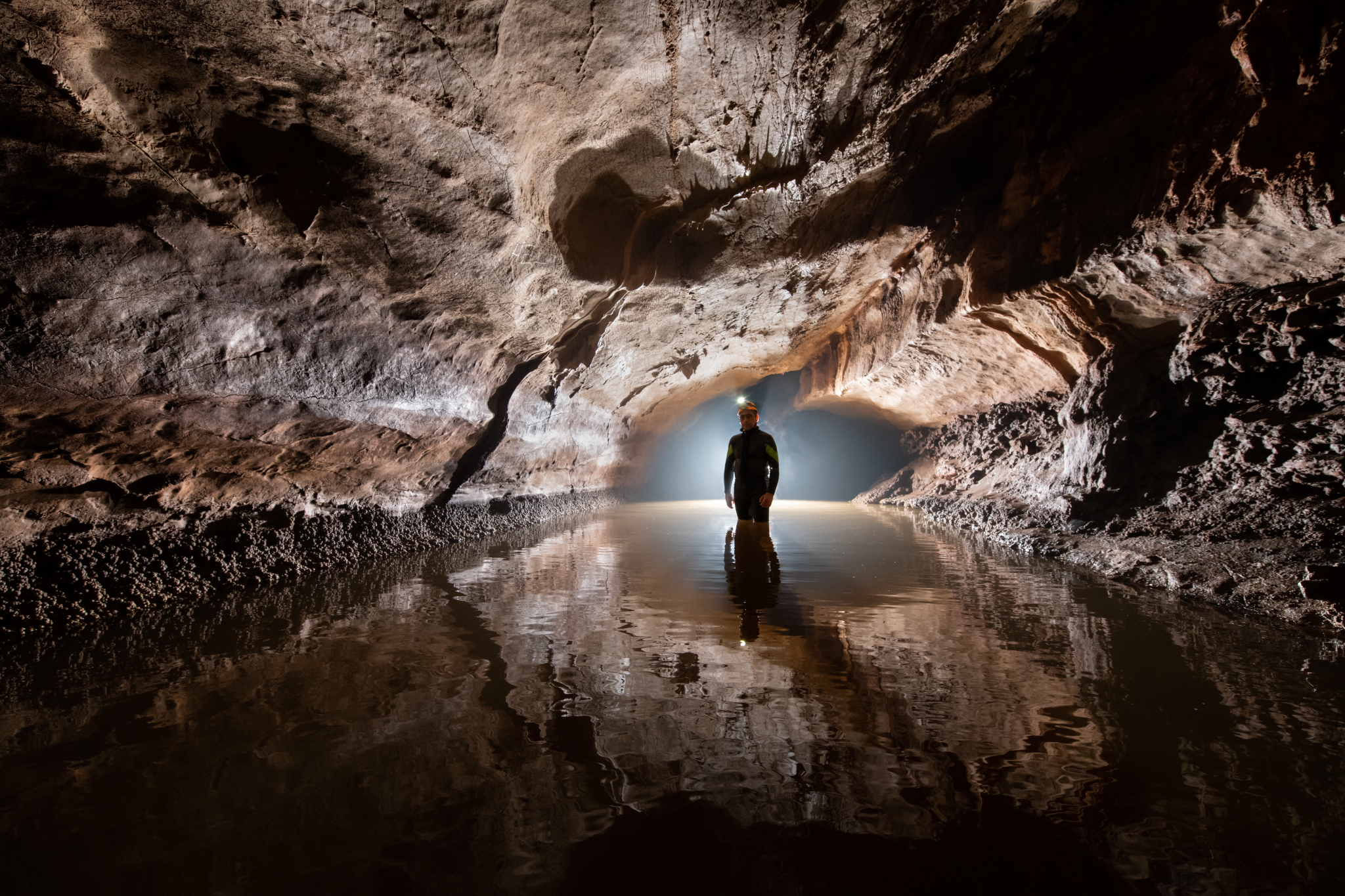
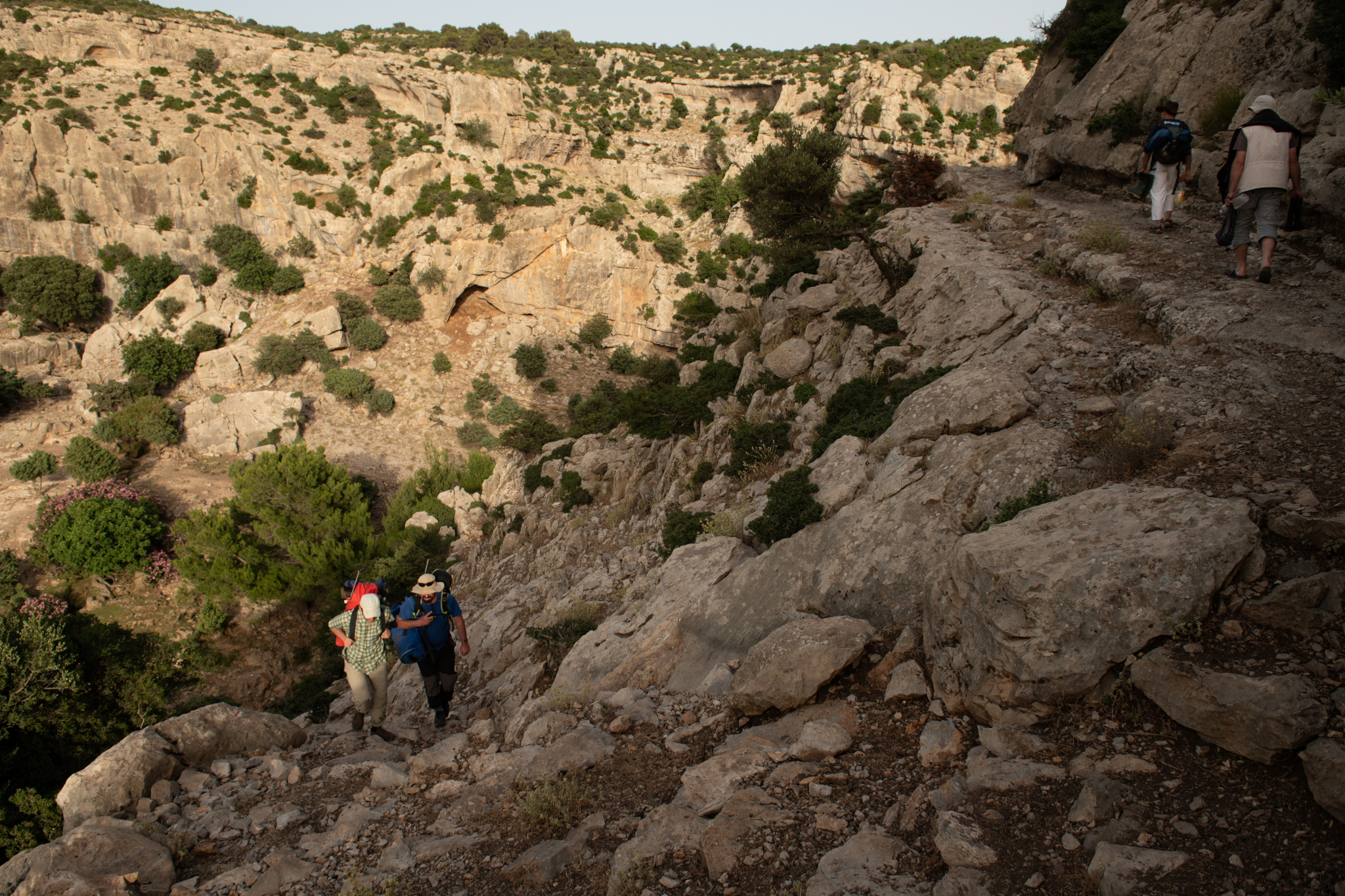
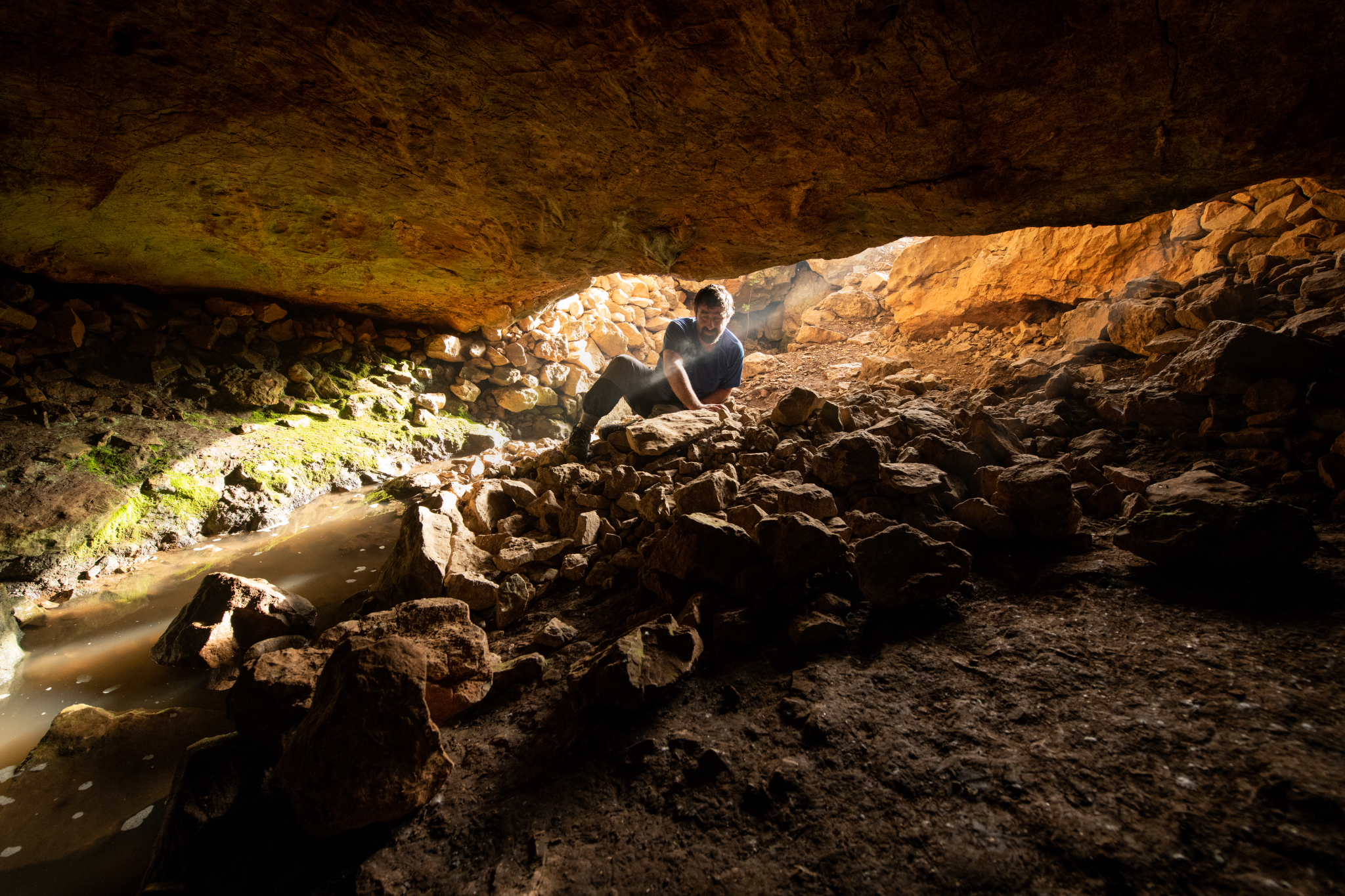
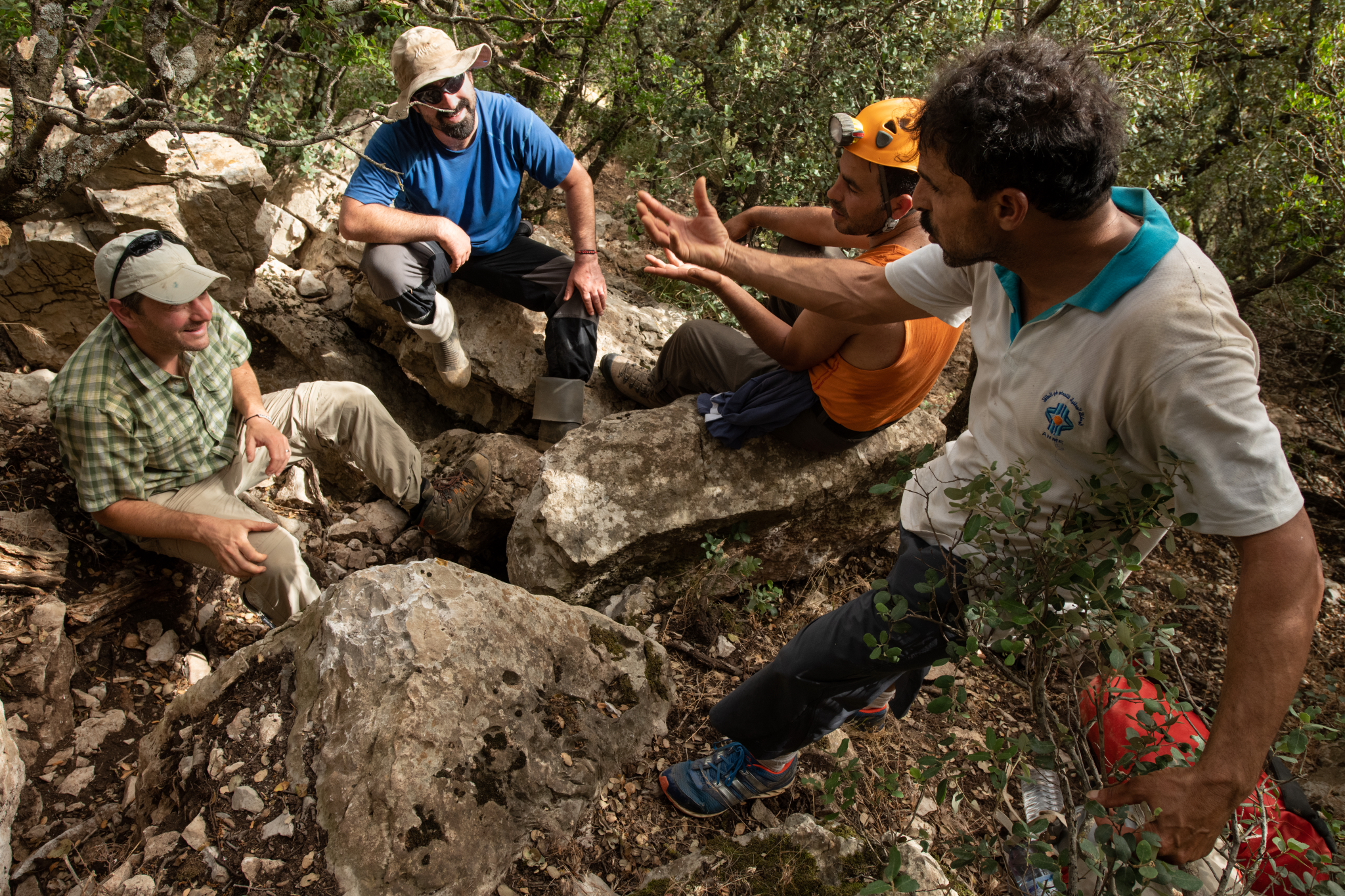


Welcome to the Tunisia Paleoclimate Project website!
Since 2010, our team has been slowly building up our ability to work out how rainfall between the Sahara Desert and the Mediterranean Sea has changed in the past, and why. This is all to help climate science predict how it will change in the future. Northeastern Africa, the Middle East and southwest Asia are all particularly exposed to changes in rainfall, because water availability already limits what can grow, and what people can do. If they become even drier – as seems likely to happen – ecosystems and societies will come under severe pressure. As scientists, we are challenged to provide the best forecasts of the change we can. To do that, we must look at the past.
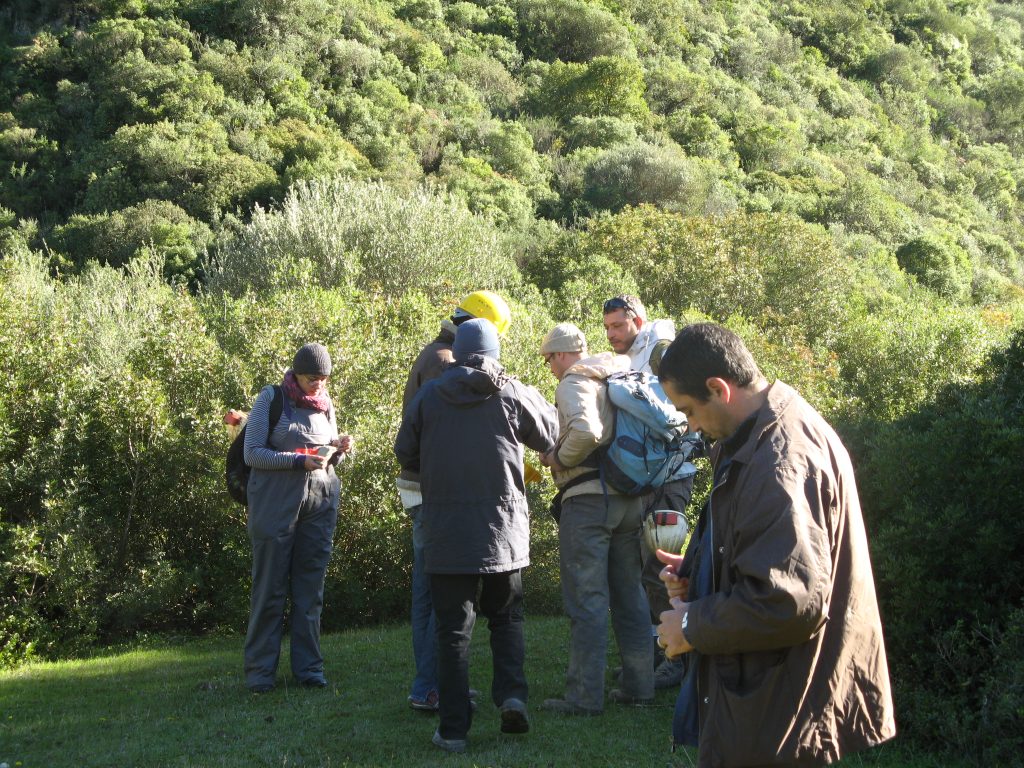
From small beginnings
In 2010, Mike Rogerson and Dirk Hoffmann made an initial visit to Tunisia to make friends, and find out what was possible. With the help of Prof. Nejib Kallel, we first met our great friend Moez Mansoura and learned what was possible through collaboration with the Office Nationale des Mines. Through Moez, we learned of the vibrant speleology community in Tunisia and the critically important support they were willing to provide us with (see photo above) For the first time, we visited the amazing Grotte de la Mine (below), and our plans began to take shape. We would use stalagmites as recorders of the past to work out how rain had changed in the region through time!
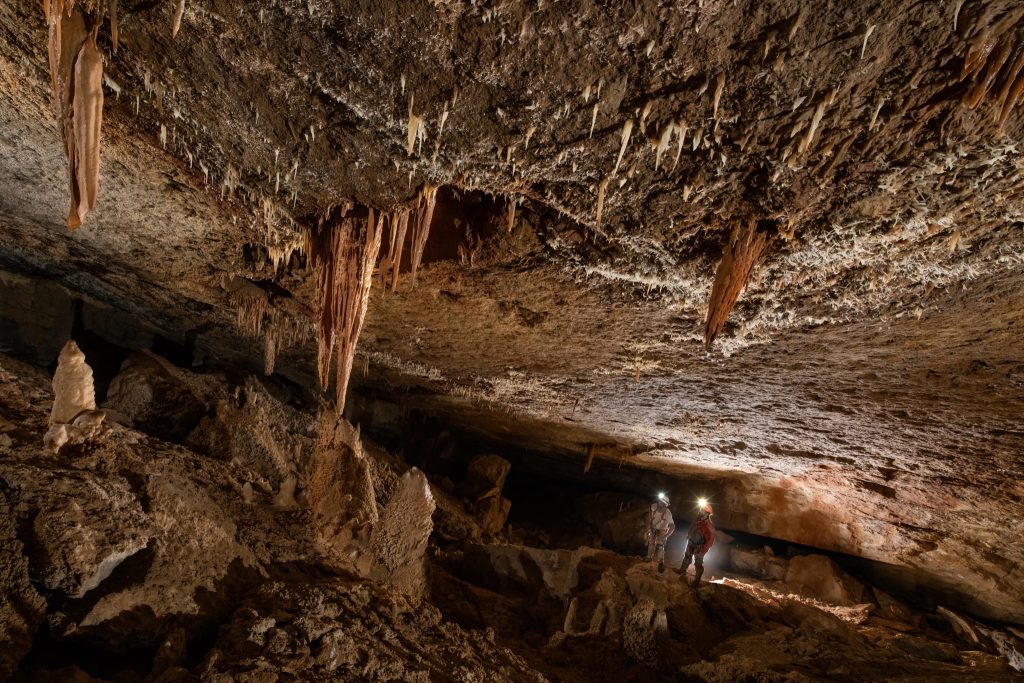
Our ideas moved forward in the next couple of years, changed and matured. Meanwhile, Tunisia was experiencing its own changes, through the Revolution of 2011. With support from the Leverhulme Trust, we joined together into an International Network of scientists to work on this problem. For three years we met, and talked about the problem and visited many caves and many other sites which might be able to tell us about past rainfall all over Tunisia. The team and the project grew, and our ideas developed. We beavered away in labs measuring the samples we had managed to recover on our visits. We wrote many research funding proposals, with very little luck. And then our luck changed.
Rain in the Desert

With generous funding from NERC, we are now moving forward with renewed confidence. Between 2022 and 2025, we will drive ahead with our idea to understand the past using stalagmite records, but combine this will further records from piles of “loess” dust which accumulates in valleys in the south of Tunisia when the climate is dry (see below). Together, we will use these records to look again at climate models to see if we can improve our confidence in their forecasts for the future. Bringing these three approaches together into a single effort is challenging, and a scientific goal in its own right. We are enjoying the journey, and excited to see what we will have found by the end. This is how we explained our project to the funders.

Tropical semi-arid regions are key to understanding global climate telecommunications, and populations living in these areas are highly sensitive to climate change. An increase in aridity would result in serious famines, economic collapse, conflict and both refugee and economic migration. General Circulation Models used in IPCC reports indicate that sensitive arid regions will experience such a drying in the next few centuries. But confidence in this prediction is only regarded as “Medium”, and is further undermined by a lack of agreement with palaeo-studies, which indicate that global warm periods often correlate to humid phases in northern hemisphere arid regions. Consequently, policy makers lack the clarity they need to plan for the future. This project brings together a diverse team of palaeoclimatologists and modellers to transform the empirical basis on which knowledge of northern African climate change is founded. By combining unique cave and surface sediment archives, applying cutting-edge analytical approaches and developing new forward modelling and data assimilation products, we will significantly improve our knowledge of how tropical arid regions respond to changes in the global temperature. We will provide new insights both for the slow changes in climate that are caused by changes in the Earths orbit, but also the fast changes that arise from variability in the Earth system itself. Understanding fast and slow climate changes arising from natural variability will hugely improve our ability to predict, understand and mitigate future problems. At the heart of Why does it Rain in the Desert? is a unique resource of stalagmites, and a thick pile of windblown dust (loess) which built up on the northern margin of the Sahara desert close to the caves the stalagmites came from. Layer after layer, built up by rainwater perco utf8g through the cave roof, stalagmites record when it was raining on the surface, and how much water was being supplied. When there is no water coming into the cave, the stalagmite does not grow and it stops recording the regions climate. So, by dating when the stalagmite was growing we can reveal when the region was wet. When there is water coming in, the amount of rain, source of the moisture and the abundance of vegetation growing on the surface are also all recorded by the chemistry of the stalagmite. By looking at the metals and the isotopes incorporated into the stalagmite calcite, and also at tiny drops of water preserved between the crystals, we can understand how different North Africa was in the past. To understand dry times, we will also look at the deposits of wind-blown loess which have accumulated on the land surface. These dust deposits contain silt grains blown from hundreds of kilometers away, and some of them can be used to tell us which way the transport occurred in. Zircon grains can be dated using their radio-isotope composition, and their age tells us when the parent rock they were eroded from formed. Combined with other aspects of their chemistry, this can be used like a “fingerprint” to retrace their transport to the dust deposit we found them in. Together, the cave and the dust will tell us when and how climate changed in central North Africa in the past, and how rain in the desert is plugged into global temperature. Once we have this unprecedented knowledge, we can test ideas about why the changes happened, and predict the future with much more confidence.
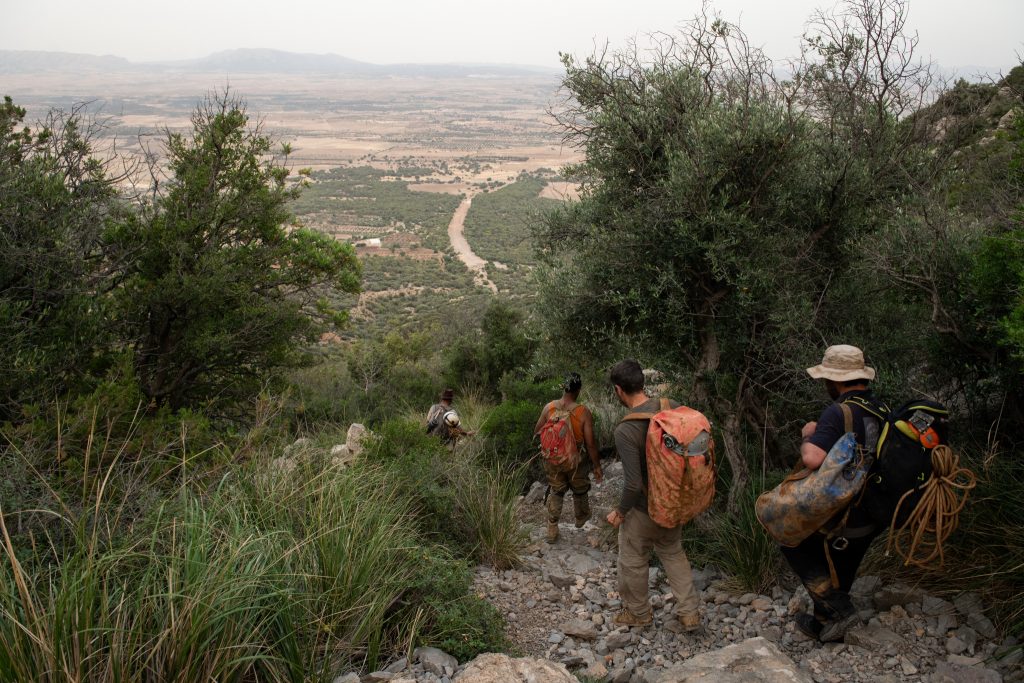
More to come.
Our current project is exciting and ambitious, but our plans stretch far beyond it. The climate of the whole continent of Africa is interconnected, and we will join our efforts up to those of many others in an effort to better understand the whole system. This website will evolve to meet the need to communicate what we are doing, and what we have found – we hope you come on the journey with us.
